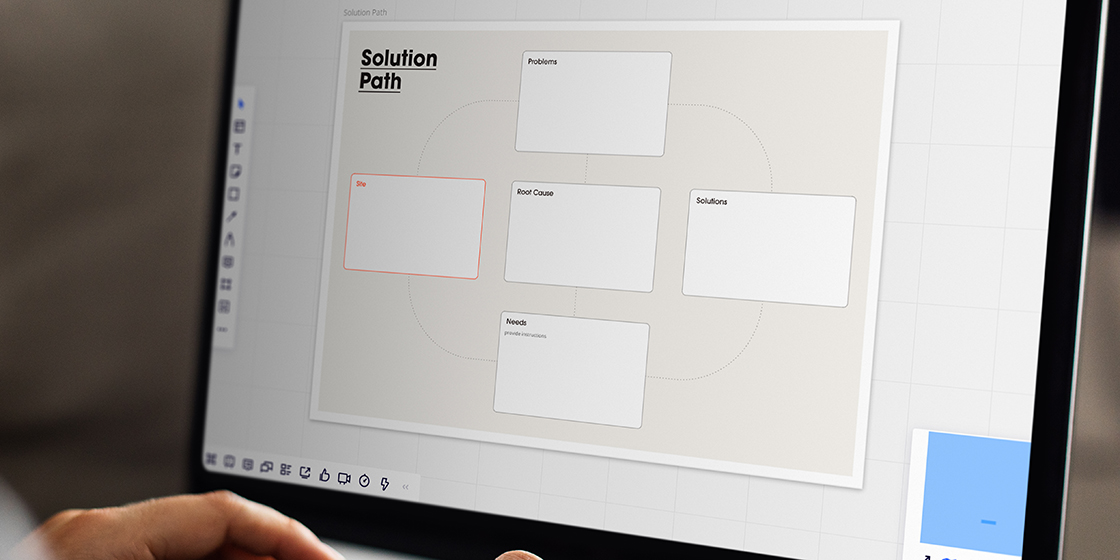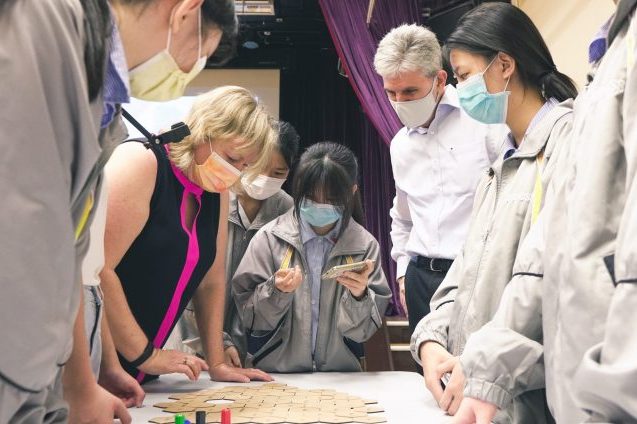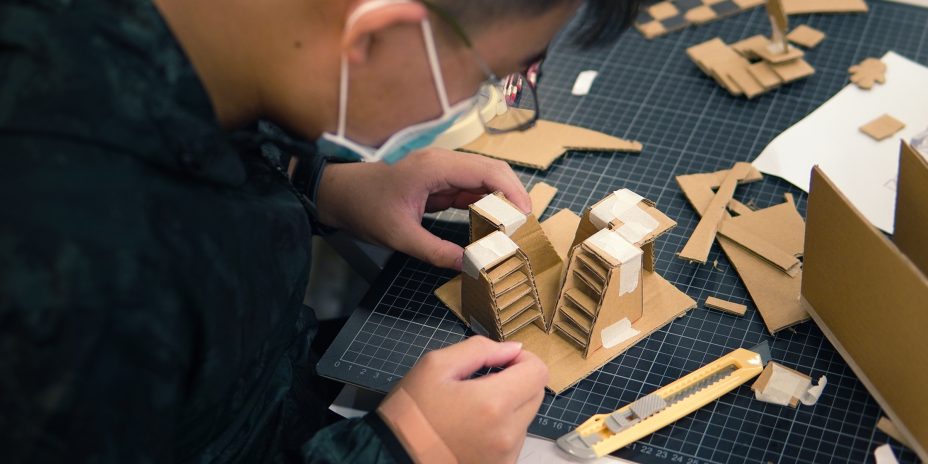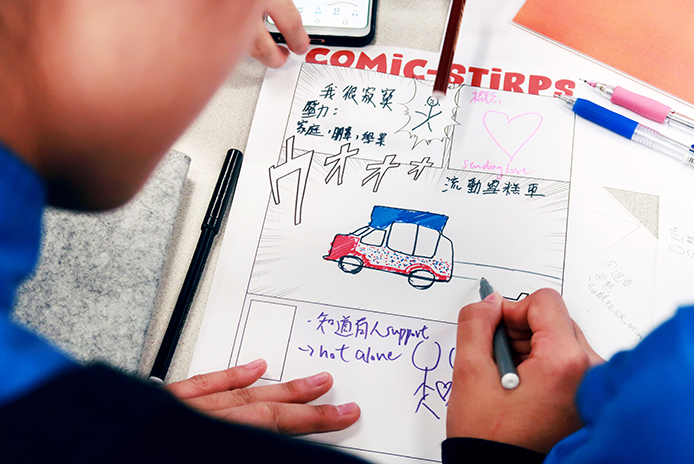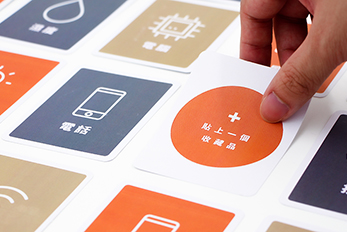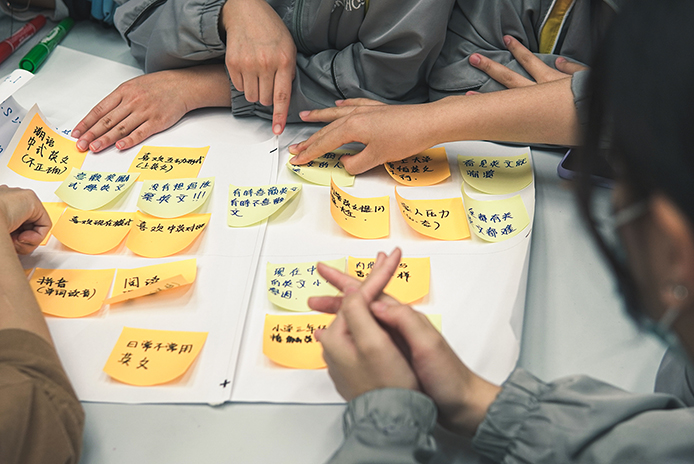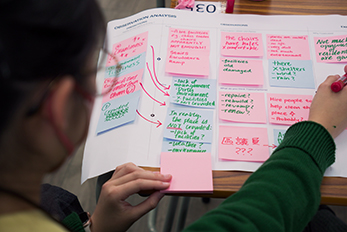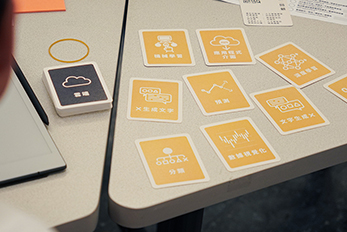WHAT is it?
A solution path is a diagrammatic tool to help students plan their approach for coming up with solutions. It is designed for site-specific projects. The openness of the diagram allows the students to choose the starting point for developing the solution.
WHY teach it?
The tool helps students visually plan how to approach a solution. It is also very important that the tool allows different paths, which means there is more than one way to come up with a solution. Showing different paths also provides the opportunity for facilitators to introduce different problem-solving approaches, such as problem-based, solution- focused, etc.
HOW to do it
First ask the students to identify these elements in their projects:
site, problems, root cause, needs and solutions.
The diagram:
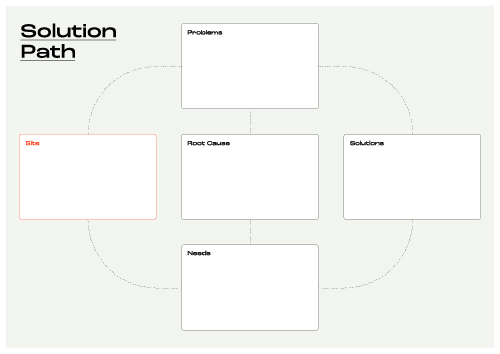
They can then approach the project via different paths; some possible routes are:
SITE ➞ PROBLEMS ➞ SOLUTION
This is the most straightforward approach and is most well-suited to clearly defined (obvious) problems that are literally fixable. The solution is targeted towards the specific problem at hand..
SITE ➞ PROBLEMS (AS SYMPTOM) ➞ ROOT CAUSE ➞ NEEDS ➞ SOLUTIONS
Sometimes the obvious problems are just symptoms of a more fundamental cause. It is then important to identify the root cause of the symptoms. For example, if a place has rats, the straightforward approach is to set out traps to catch them, but the real way to solve this problem is to identify and address what is attracting the rats to the site.
NEEDS ➞ SOLUTION ➞ SITE
Some sites have no prominent problems, or problems that are more open. Students are encouraged to look for the needs of the stakeholders of such a site and then try to develop a design to suit people’s needs. This path can lead to better designs, as the best designs are mostly not those fixing problems but those that fulfil needs.
SITE ➞ PROBLEMS (AS RESOURCES) ➞ SOLUTIONS
Sometimes problems are just opportunities in disguise, and reframing problems as resources can turn the whole situation around. The story of Ocean Sole, which turns the waste from flip-flops into local crafts, is an excellent example (visit https://oceansole.com/ to learn more about this project).




